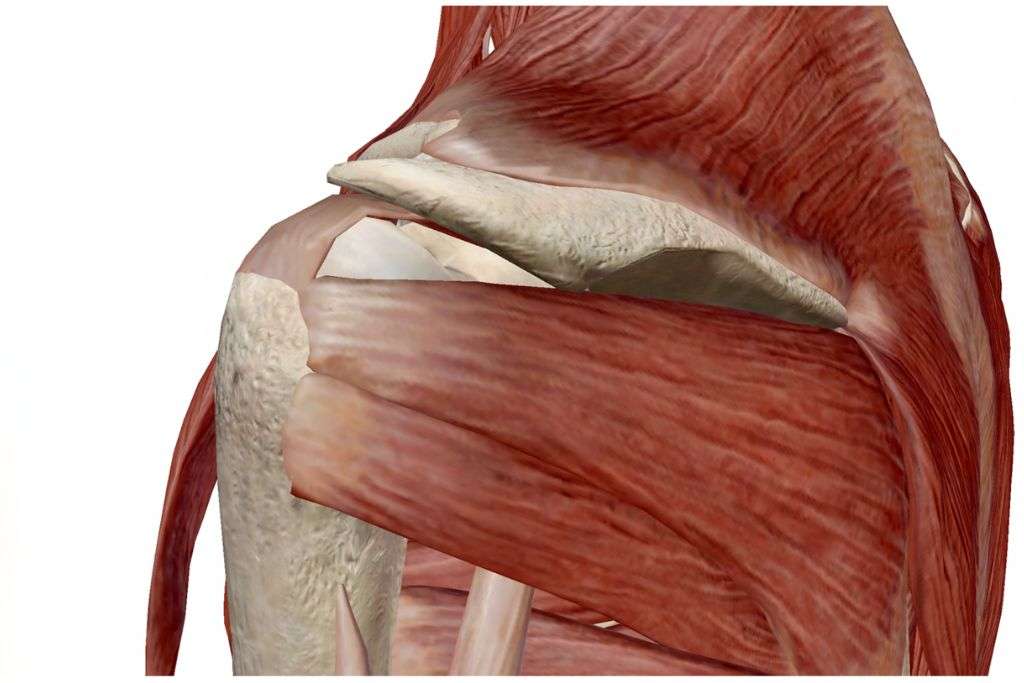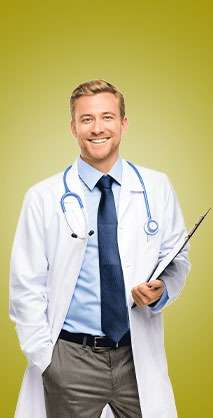Home » Rotator Cuff Repair Treatment

Welcome to Dr. Sayyad’s Orthopaedic Clinic – Your Trusted Destination for Orthopaedic Care
The rotator cuff is a crucial group of tendons and muscles in the shoulder that facilitates arm movement and stability. When the rotator cuff sustains damage, whether due to injury or wear and tear, it can result in pain, weakness, and limited range of motion. Rotator Cuff Repair Treatment is a comprehensive approach to addressing these issues and restoring shoulder function.
Symptoms:
- Pain: Persistent shoulder pain, especially during overhead activities or while at rest.
- Weakness: Reduced strength in the affected arm, making routine tasks challenging.
- Limited Range of Motion: Difficulty raising the arm or rotating it, indicating potential rotator cuff issues.
- Cracking or Popping Sensation: Audible or palpable sensations during shoulder movement, suggesting underlying problems.
Diagnosis:
Accurate diagnosis involves a thorough examination by a healthcare professional, often including imaging tests such as MRI or ultrasound to assess the extent of rotator cuff damage.
Non-Surgical Options:
- Physical Therapy: Strengthening exercises and stretches to improve shoulder function.
- Anti-Inflammatory Medications: Non-steroidal anti-inflammatory drugs (NSAIDs) to manage pain and inflammation.
- Rest and Ice: Adequate rest and ice application to alleviate acute symptoms.
Surgical Intervention:
When non-surgical methods prove inadequate, surgical options become crucial, with several techniques employed for Rotator Cuff Repair Treatment:
Arthroscopic Repair: Minimally invasive surgery using a tiny camera and small incisions to visualize and repair the cuff.
Open Repair: Traditional surgery involving a larger incision, providing direct access to the damaged area for repair.
Tendon Transfer: In cases of severe damage, relocating a nearby tendon to compensate for the compromised rotator cuff.
Graft Augmentation: Using donor tissue to reinforce the damaged tendon and enhance the healing process.
Rehabilitation:
Post-surgery, a structured rehabilitation program is essential for optimal recovery. It typically involves gradual shoulder mobilization, strengthening exercises, and physical therapy to restore range of motion and rebuild muscle strength.
Recovery Timeline:
Recovery varies based on the severity of the injury and the chosen treatment method. While arthroscopic procedures may offer quicker recovery times, extensive damage or open surgeries might necessitate a more extended rehabilitation period.
Complications and Considerations:
Complications are rare but may include infection, stiffness, or re-tearing of the repaired cuff. Adhering to post-operative care instructions and attending follow-up appointments are crucial to minimizing risks.

